Computational modeling identifies key gene regulatory interactions underlying phenobarbital-mediated tumor promotion.
Posted in Publications, publishedNo Comment
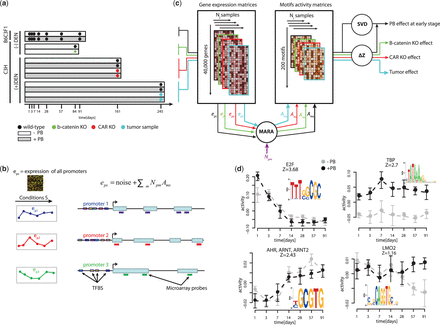
R Luisier, EB Unterberger, JI Goodman, M Schwarz, J Moggs, R Terranova, E van Nimwegen
Computational modeling identifies key gene regulatory interactions underlying phenobarbital-mediated tumor promotion
Nucleic acids research, 2014, gkt1415
Abstract
Gene regulatory interactions underlying the early stages of non-genotoxic carcinogenesis are poorly understood. Here, we have identified key candidate regulators of phenobarbital (PB)-mediated mouse liver tumorigenesis, a well-characterized model of non-genotoxic carcinogenesis, by applying a new computational modeling approach to a comprehensive collection of in vivo gene expression studies. We have combined our previously developed motif activity response analysis (MARA), which models gene expression patterns in terms of computationally predicted transcription factor binding sites with singular value decomposition (SVD) of the inferred motif activities, to disentangle the roles that different transcriptional regulators play in specific biological pathways of tumor promotion. Furthermore, transgenic mouse models enabled us to identify which of these regulatory activities was downstream of constitutive androstane receptor and β-catenin signaling, both crucial components of PB-mediated liver tumorigenesis. We propose novel roles for E2F and ZFP161 in PB-mediated hepatocyte proliferation and suggest that PB-mediated suppression of ESR1 activity contributes to the development of a tumor-prone environment. Our study shows that combining MARA with SVD allows for automated identification of independent transcription regulatory programs within a complex in vivo tissue environment and provides novel mechanistic insights into PB-mediated hepatocarcinogenesis.
Download pdf
Supplemental material
Short URL: https://tinyurl.com/y6rnd33u

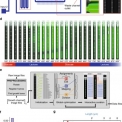
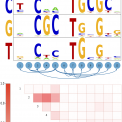

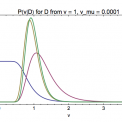
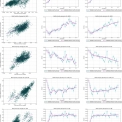
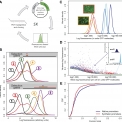



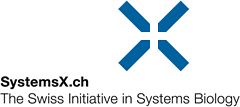
Comments and Reactions
No comments yet. Why don't you write one?